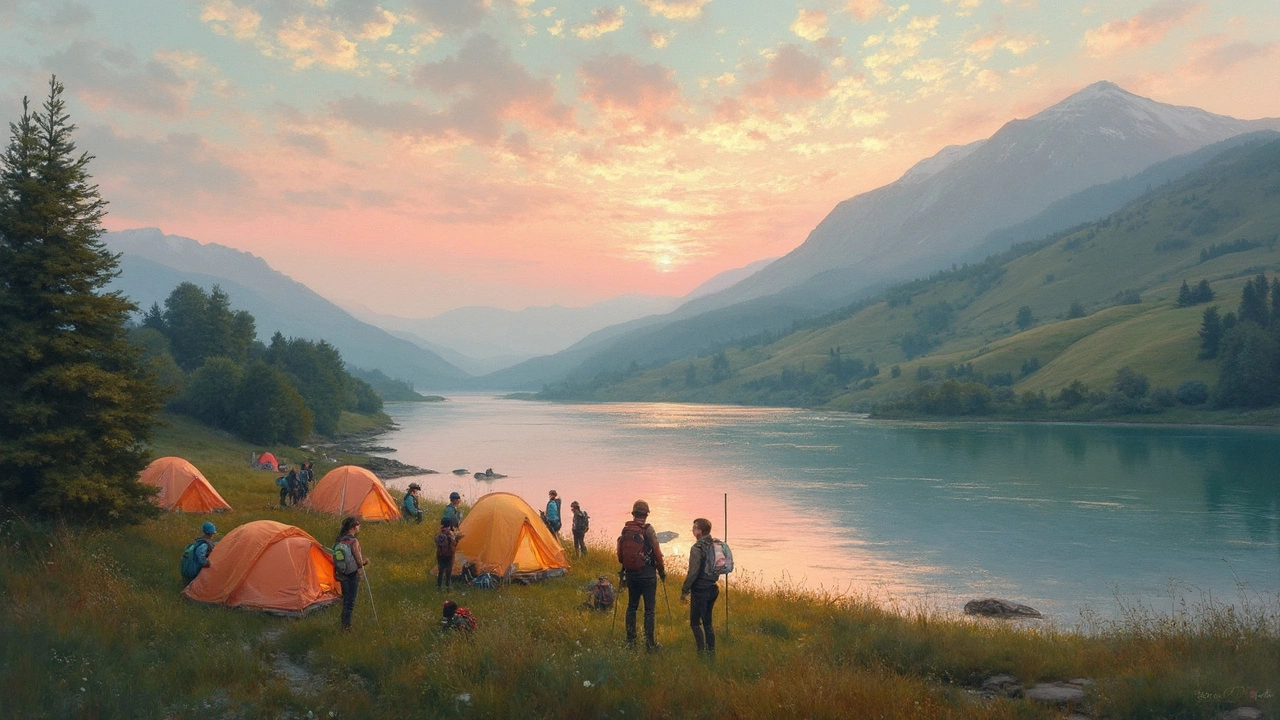Campsite Stay Duration: What You Need to Know
Planning a road trip in a motorhome? One of the biggest questions you’ll face is how many nights you can actually spend at a campsite. The answer isn’t a simple yes or no – it depends on the site, the season, the type of pitch, and even local regulations. Knowing this up front saves you from surprise fees, forced moves, or missed reservations.
Factors That Influence How Long You Can Stay
First, look at the campsite’s own policy. Many sites set a maximum stay of 7‑14 nights during peak season (summer and school holidays). This rule keeps spots available for new visitors and helps manage waste and water use. In off‑peak months, the limit often stretches to 21 or even 30 nights because demand drops.
Second, the type of pitch matters. Full‑service pitches with electricity, water and waste hookups are usually capped lower than basic, fire‑only spots. The reason? Utilities cost more to maintain, so operators balance usage across guests.
Third, location plays a role. Campsites inside national parks or protected areas may have stricter limits to protect wildlife and habitats. Check the park authority’s website – they often publish maximum stay lengths separately from the campsite’s own rules.
Fourth, your booking method can affect flexibility. Direct bookings through the campsite’s site often let you request longer stays, while third‑party platforms might only show standard limits. If you need an extended stay, call the site directly and ask about a custom arrangement.
Lastly, local bylaws sometimes dictate a cap, especially in urban or coastal zones where councils want to avoid “permanent” campers. A quick search for "campsite stay limit" plus the town name will surface any council‑wide rules.
Tips to Maximise Your Camping Stay
1. Book Early and Communicate – Reserve your spot as soon as you know your dates. When you call, explain you’d like to stay longer than the posted limit. Many sites will make an exception if you’re a quiet, low‑impact camper.
2. Mix Pitch Types – Split your trip between a full‑service pitch for the first week and a basic pitch for the remaining nights. This lets you stay within limits while still enjoying the same location.
3. Use Nearby Campsites – If a site caps at 14 nights, look for another site a short walk or drive away. A quick shuttle or short hike lets you keep the same scenery without breaking rules.
4. Stay Flexible with Dates – Mid‑week stays often have looser limits than weekend bursts. If you can shift a night or two, you might slip under the maximum without extra hassle.
5. Respect the Rules – Overstaying can lead to fines, loss of deposit, or being asked to leave. It also hurts the campsite’s reputation and future availability for everyone.
6. Plan Waste Management – Longer stays mean more waste. Use campsite facilities responsibly and empty your tanks regularly. A clean pitch makes owners more willing to grant extensions.
7. Consider Memberships – Some camping clubs (e.g., Camping and Caravanning Club) negotiate longer stay allowances for members. If you travel a lot, a membership can be worth the cost.
By keeping these points in mind, you can stretch your motorhome adventure across weeks rather than days, all while staying on the right side of the rules.
Remember, the goal is a relaxed, enjoyable trip, not a stressful scramble for a new pitch every few nights. Check each site’s policy, talk to the staff, and plan a mix of pitches if needed. With a little forethought, your campsite stay duration will line up perfectly with the holiday you’ve imagined.
How Long Can You Stay on a Campsite in the UK?
Camping in the UK offers a mix of scenic landscapes and intriguing camping spots. Stay durations can differ vastly depending on location and regulations, with some sites offering limits and others open to longer stays. Understanding these rules helps ensure a smooth and enjoyable camping experience. This guide sheds light on different campsite policies and offers handy tips for campers seeking to maximize their time outdoors.
